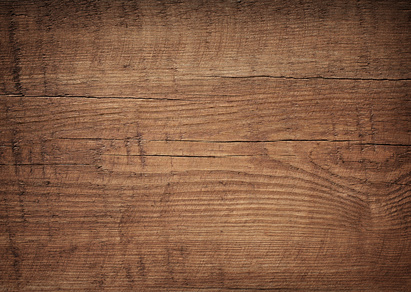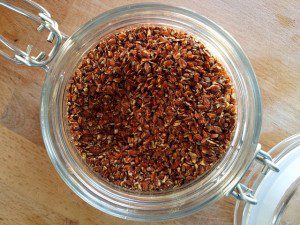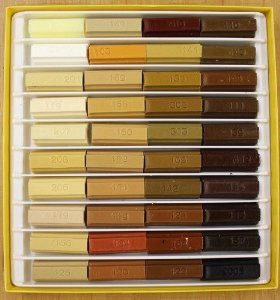Even the best-made wood furniture isn’t indestructible. No matter how careful you may be, in time your furniture will likely experience some minor damage in the form of scratches and dents. Of course, if you have pets or children, then the odds that your furniture will need some periodic touch ups will soar. In this do-it-yourself guide to furniture touch up techniques, we are going to cover what you need to know to rescue your furniture from life’s dents, dings and scratches.
Tip One-Don’t Panic
Okay, nobody wants to start his or her day realizing that a beloved piece of furniture has been damaged. Begin by realizing that, while valuable, it is furniture. Even if your furniture is severely scratched it, can be still be sanded and refinished. Life will go on.
Tip Two-Go Nuts, No Really
You may be confused. In the first tip we suggested that you don’t panic and now we are telling you to go nuts. As you may have guessed, what we are referring to are actual nuts.
Nuts have natural oils that soak right into wood and, in the process, can help to conceal scratched areas. Test out a small area first. If you like the results, well, go nuts. This tip is easy, fast and inexpensive but can make a huge difference with scratched furniture. Wood furniture likes being treated well and, as it turns out, the natural oils in nuts is a great option.
Tip Three-Linseed Oil
Linseed oil is a great way to give old furniture a new look and a new lease on life. Just as the oil found in nuts can help decrease the appearance of scratches on furniture, the same holds true for linseed oil.
Linseed oil has been used for generations to help restore the vitality of furniture. Just be sure to select linseed oil with as few added ingredients as possible. You want high quality linseed oil for optimal results.
Tip Four-Sticks and Pens to the Rescue
Many companies manufacture scratch repair wood fix sticks. These sticks come in a variety of colors and include instructions for how to use. Usually they are made of wax so their results may not be completely permanent. Like all the DIY tips we are suggesting you should do a test area before moving forward.
Another widely used option for scratch repair comes in the form of scratch repair fix pens. The stick pens add color to an area, dry quickly and may last longer than wax options.
Like wax, scratch repair pens are inexpensive, but it may take a little trial and error in order to achieve the exact color match you need. However, when you have very noticeable scratches, options such as scratch repair pens and wax sticks may be a good place to begin your furniture repair journey. If you have leather or glass furniture, there are also replacement kits available.
Tip Five-Use Wood Filler for Furniture Dents
Furniture dents are trickier than furniture scratches; after all, if material is missing it is missing. Fixing dents in furniture can be very pricey as professionals charge a considerable amount for this precision work. The bottom line is that for most furniture this kind of expense might not seem worth it. So can you tackle this one yourself? Yes!
When it comes to dents, your best friend is wood filler, such as Minimax. Think of wood filler is a kind of putty like you might use on walls, but instead you use it on wood. Wood filler dries fairly quickly and can set in just a couple of days. In a very skilled hands, small dents can become almost unnoticeable.
Once you’ve applied the correctly colored wood putty to a dent (and be sure to experiment first) and the putty has set for a couple of days, you can move on to the next step which is sanding. Now, don’t get out your sander and go to work, instead you’ll need No. 0000 steel wool; this type of steel wool is very gentle and exactly what you need.
Another, somewhat more difficult option, for dealing with dents is a shellac stick. Shellac sticks must be melted. Once melted a shellac stick can be used to fill in a crack or a dent, much as you would with wood filler. Also just like wood filler, shellac sticks come in different colors and wood looks.
It might take some extra work to remove furniture dents, but once you know how to do it, you have gained a real DIY skill. This is particularly true if you live in a home with wood floors, as no matter how hard you try to care for wood floors they will invariably become damaged. If you live with pets or children, then your wood floors (and to some extent your wood furniture) is in a constant state of peril. Learning how to repair scratches and dents is time well spent and can save you a bundle on repair costs.
Together these five DIY scratch and dent tips can help you keep your furniture looking its best. Solid wood furniture is unlike cheap furniture in that it can be repaired or even refinished if damaged. Poor constructed “big box” particleboard furniture, which is really just a combination of glues, chemicals, sawdust and wood scraps, can’t be repaired so easily, elegantly or with results you’ll love. This is just another reason why wood furniture wins out over its cheaper, low quality rivals.





